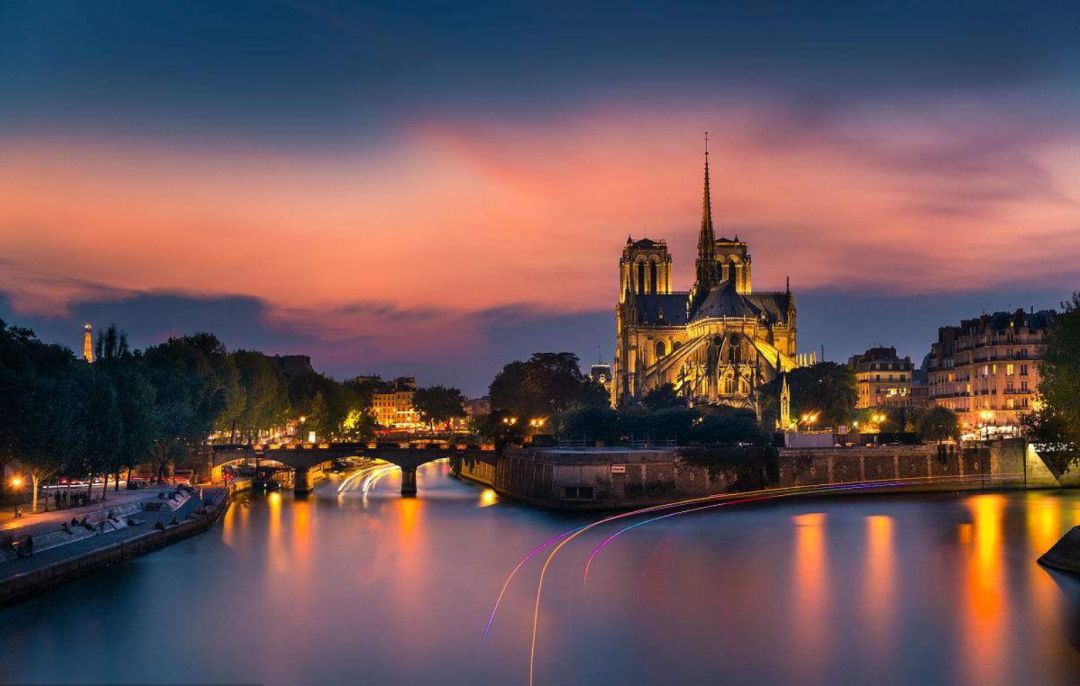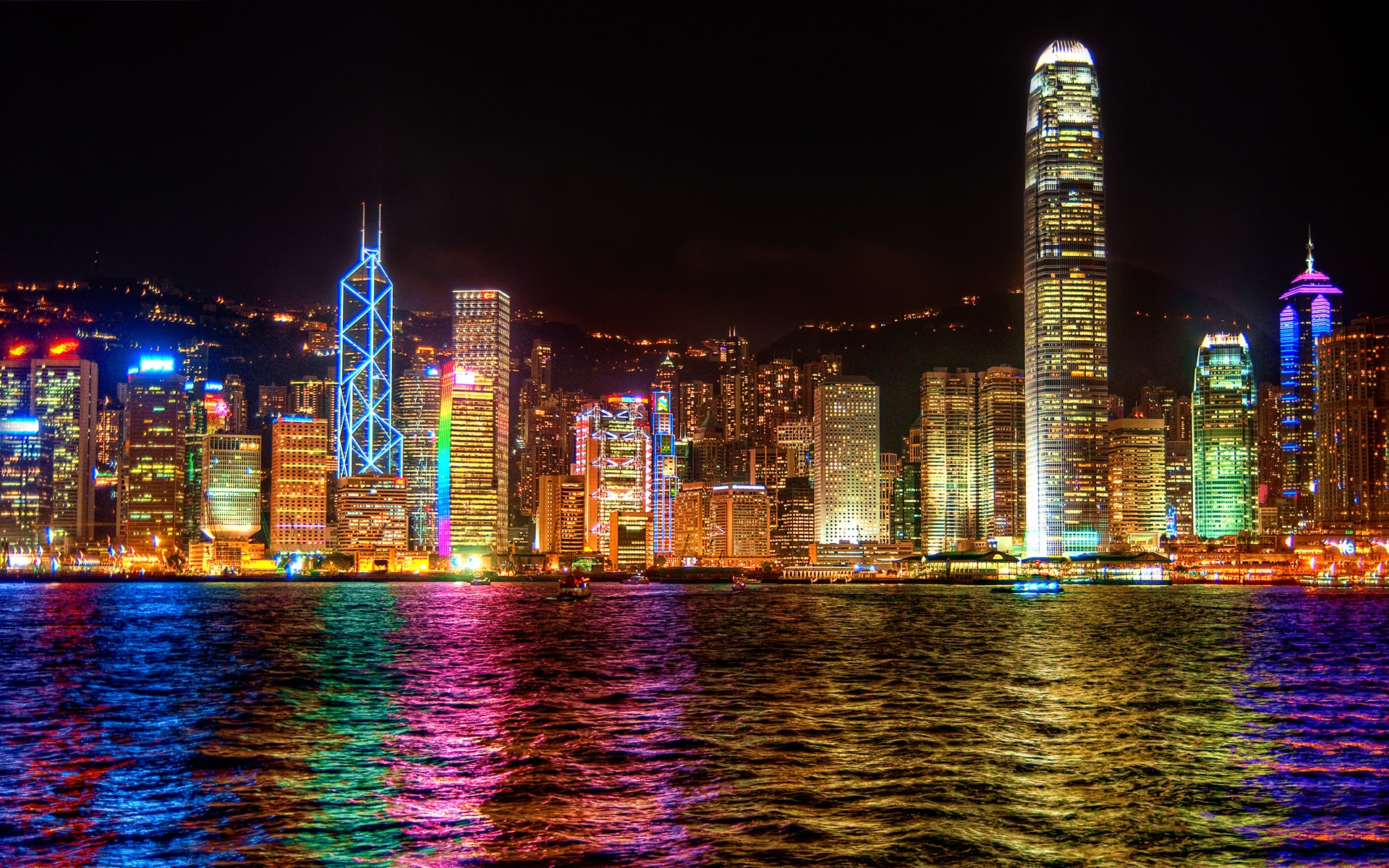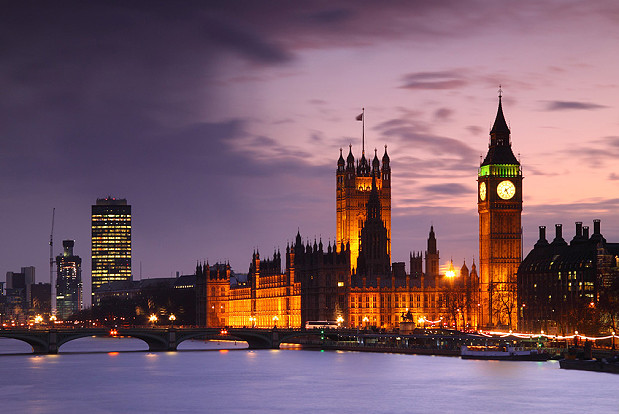Define the spirit of the city
"Urban spirit" is first of all a regional limited designation, which refers to the collective identity and common personality reflected in a certain space and the resonance of people living in a certain space and the environment. This is a kind of values and cultural characteristics. Belonging to the consciousness of social progress. Every city has its own recognizable connotation value that does not belong to other categories, so that when people mention the name of this city, it can evoke "locality", "allusion", and "characteristic". "Impression" memory" comes out. The "urban spirit" has expanded with the times, and historical overlaps have appeared.
The purpose of "remodeling" is to integrate and develop, inherit and define the historical elements of the city, the ancient chapters of civilization, the stories of human settlements, and common memories that have been destroyed, incomplete and even forgotten in the past in the new era, so as to face the future society. Demand. The modernization of the city is imperative. The Machu Picchu Declaration in 1977 stated that ”the purpose of the conservation plan is to ensure the harmonious relationship between the historic town and the new urban area as a whole”. This means that each building is no longer an isolated existence, but should be related to the entire area, and the positioning and belonging of the entire area should conform to the "spirit of the city."
"Update" should be "organic update". Urban planning only defines the functions and development value of different districts of the city on a macro level, and clarifies the future development direction of the city. Urban design is very important at the planning level. This is the detailed rules, the specific implementation and implementation. The significance of the renewal is reflected in the specific design of the city every detail conforms to the urban texture, so that individual urban cells and organizational structures form an organic whole, which are interconnected and echoed at the same time.
At this stage, the “renewal” of Chinese cities has clearly entered a misunderstanding. The keynote of “renewal” is to dismantle the old and build the new, and dismantle the old and reproduce the old. The city loses the continuity of its cultural heritage, and the original spirit of space has torn the past and the future of the city. The contact context of the name update is really blind.
The tension and influence of the urban spirit
Today, with the rapid development of urbanization, a highly similar city appearance of "a thousand cities and one side" has appeared. The city needs its inner temperament to be reflected in its outer characteristics. The urban temperament is the accumulation of the city’s history in time and space. In a nutshell, it is the common personality of the people living in the city, which is expressed through this personality. Such as bold, atmospheric, gentle, delicate and so on. It can also be summed up as the city's climate, geographical location, landmark symbols, cultural heritage category features, and other distinctive features that make people fascinated at first sight. These are the penetration of inner spiritual externalization in the city (represented by people, with people's life, residence, diet, and behavior as phenomena).
Today, with the rapid development of urbanization, a highly similar city appearance of "a thousand cities and one side" has appeared. The city needs its inner temperament to be reflected in its outer characteristics. The urban temperament is the accumulation of the city’s history in time and space. In a nutshell, it is the common personality of the people living in the city, which is expressed through this personality. Such as bold, atmospheric, gentle, delicate and so on. It can also be summed up as the city's climate, geographical location, landmark symbols, cultural heritage category features, and other distinctive features that make people fascinated at first sight. These are the penetration of inner spiritual externalization in the city (represented by people, with people's life, residence, diet, and behavior as phenomena).
The zeitgeist advocated by society today is also a kind of urban spirit, which emphasizes timeliness and advancement with the times. But if the city does not have the heritage accumulated in the past, how can it take a "advanced" path? Many new urban districts have been constructed. The distance and scale of the city have been expanded many times. The streets are spacious and tall, and the landscape and gardens are brand new. However, people feel alienated and do not feel the emergence of "beauty". This is because the large scale makes People lack traditional emotion and interest. There is no shadow of regional culture in such a place. The city cannot inspire people, influence people, and give people a sense of belonging. This is the reason why the people's spirit cannot respond to the lack of strong urban spirit.
The evolution of urban culture and the appearance of architecture
Buildings appear in the city in different forms, and each building is a symbolic symbol, expressing people's living and lifestyle. Architecture changes people's living habits and conditions, and the environmental space with architecture as the main body accommodates people's various behaviors and affects people's psychological adaptation. The architectural space has different place temperament because of the different nature of the place. The place temperament corresponds to the physical and psychological temperament of people, which can create a harmonious and livable living environment. Has the degree of integration between the symbolic form of architecture and regional culture been more reflected? Not all buildings are suitable for forced implantation of regional culture. This first violates the principle of "spatial temperament corresponds to human temperament", and secondly, it also changes the regional culture. Culture vulgarization and formalization.
As the main body, architecture in the city is the largest visual observation and source of first impression. The non-differentiation and assimilation of architectural construction style directly obliterates the individual expression of urban style. The shape of urban buildings should be a diverse combination, but the richness of urban facades must not be messy, non-subordination or even exclusion as a means, so that richness becomes chaos.
Shanghai's Bund buildings were concentrated in the late nineteenth and early twentieth centuries, and most of them were displayed in a collection of mixed colonial classical styles as a model. The Pudong New District, opposite the European classical buildings on the Bund, features high-rise and super-high-rise buildings, showing the vibrant new face of Shanghai. The buildings in the near river are relatively short, and the buildings in the far river are relatively high, forming a staggered background relationship. The facades of the buildings are inconsistent with each other. In recent years, they have become more prominent and more magnificent. They seem to be showing the prosperity of the contemporary economy. In fact, there is an aggressive attitude of power inside. In the city’s night lighting phenomenon, the same is true. The huge screen has abrupt colors, and the horizontal, vertical, and diagonal combinations of light lines and surfaces have nothing to do with the architectural form.
Urban image and urban design
The image of the city is based on the group consensus of different observers on the characteristics of the space environment, and different people will have different points of interest. The public composite image formed by the image of the majority of people actually observes the character and characteristics of the city, which arouses the observer's associative psychology. The American scholar Kevin Lynch believes in the "Urban Image" that the content of the material form research in the urban image can be summarized into five elements-roads, borders, regions, nodes and landmarks. People perceive the difference and charm of the city through the entry and experience of the five elements, thus avoiding confusion and vague identification between cities.
Increase the character identification of the city, sort out the visual context of the city, continue the cultural revival of the city, make the city more spatial order, and handle the use, excretion, marking, traffic, green space, urban furniture, urban art, day and night, etc. in urban development. Such tedious details are an important task of urban design. What urban design focuses on is the relationship between people and the environment and the creation of urban living spaces, so that people can feel the city and accept the space of the city.
The urban spirit and regional culture are based on the people's self-esteem, self-confidence, and self-love, and finally lead to great progress in social civilization. Ignoring people’s feelings of existence and basic living conditions, such a city has nothing to do with people, let alone”spirit”.
Post time: Nov-25-2021








